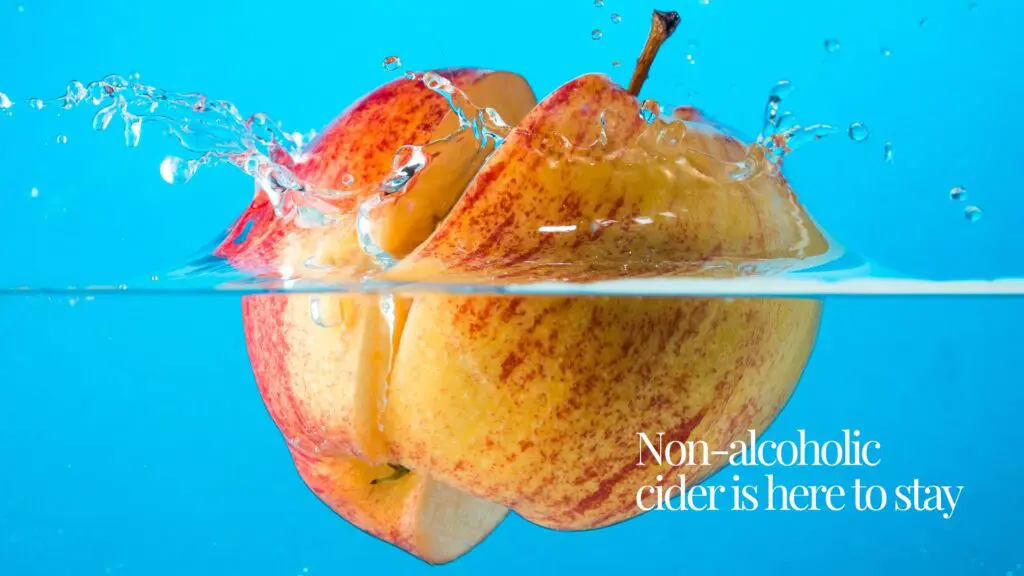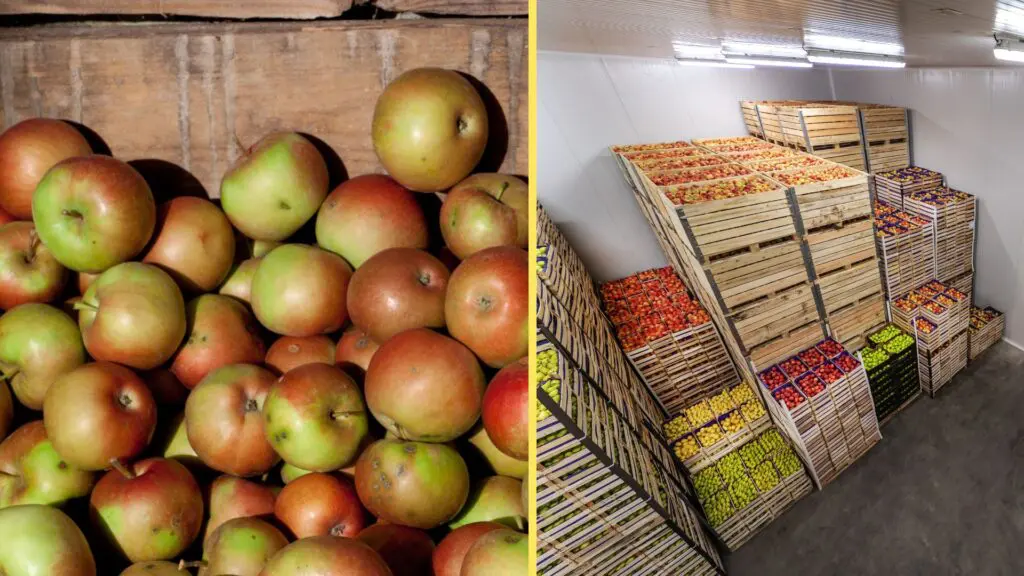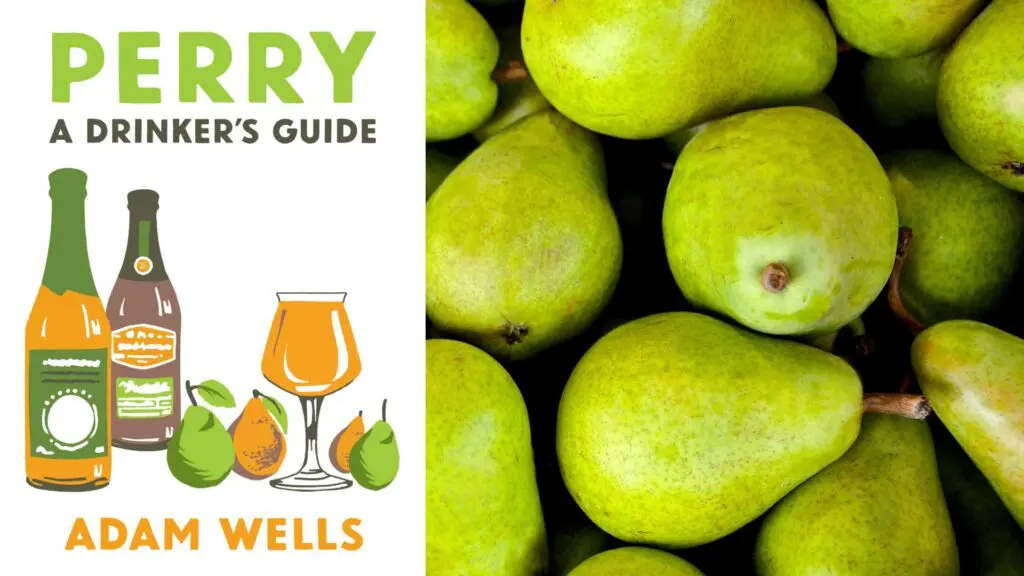There is no better reference book for the small cidermaker than Claude Jolicoeur’s The New Cidermakers Handbook, whether the goal is just to make a few gallons for drinking at home or getting started in a small business. It is a comprehensive deep dive that grew out of the many years Jolicoeur has spent in his orchard and in the practice of making cider of his own. Now he has brought his sharp intellect and endless curiosity to a new project.
Cider Planet: Exploring the Producers, Practices, and Unique Traditions of Craft Cider and Perry from Around the World is just that, a grand world tour. The book starts with an overview of commercial cidermaking, both large and small-scale, and the options for juice sources and fruit varieties, how orchards are planted and organized, and all the many processing steps that go into making something for us to drink. Jolicoeur divides these various practices, and the styles of ciders that result from them, into two broad categories: modern and traditional. That said, he reasonably acknowledges that in practical terms even a producer committed to making cider or perry in a traditional manner, the craft cidermaker, will sometimes avail themselves of something that would fall squarely into Jolicoeur’s modern camp.
The bulk of the book is devoted to an examination of the history and current practices of craft cider and perry makers in the places that have roughly a 1,000-plus years of continuous production: the United Kingdom, France, Spain and Germany for cider, and the United Kingdom and Austria in the case of perry. There is much to learn about these regions, even for someone that is already familiar with them. The well-referenced chapters are packed with information and will certainly prove to be a continuing resource in the way that The New Cidermakers Handbook is.
The historical research was utterly fascinating, and it was pleasing to note that Jolicoeur was happy to acknowledge when documentary evidence for some particular hypothesis was lacking, though the circumstantial evidence might be strong. Too many authors are willing to act as though anything they write is absolutely true, even when the historical record is incomplete. That sounds like a small thing, but it’s how history ends up getting distorted, so kudos to Jolicoeur for being willing to distinguish between a good guess and a hard fact.
The remainder of the book takes a briefer look at all the other places in the world where cider and perry are being made, from China to Chile to South Africa. It’s exciting to learn just how large the small world of cider really is and equally exciting to have such a fascinating book as an addition to my growing cider library.









